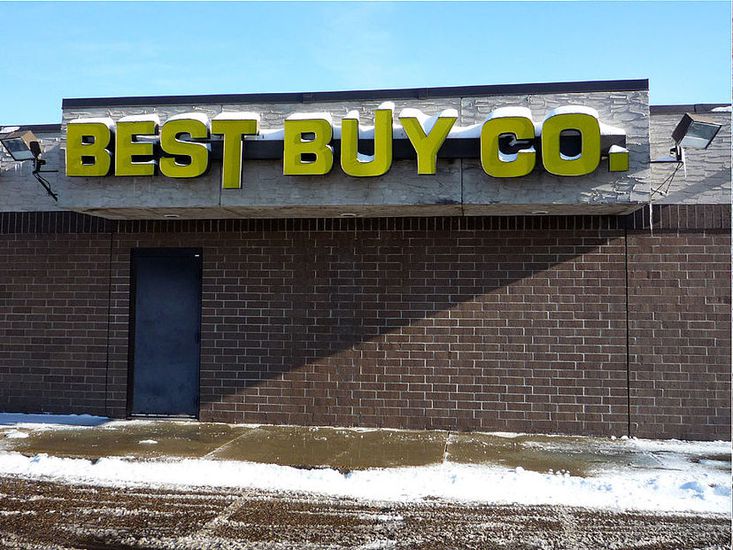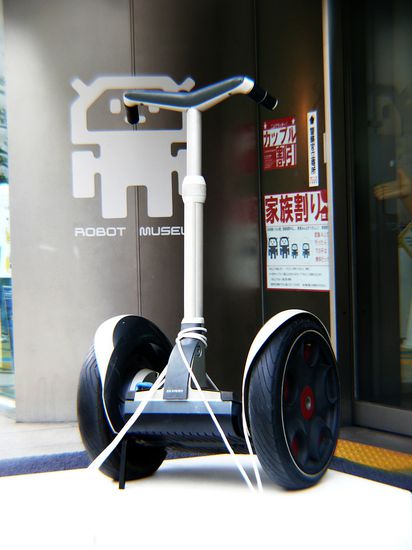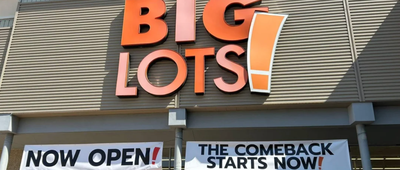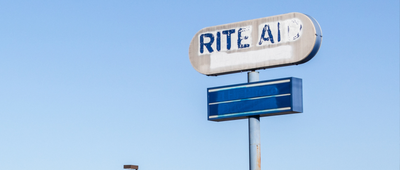The Names You Know
Innovation has rarely been in short supply over the past eight decades, and chances are you share your birth year with a company that has left a lasting mark on your day-to-day life. Here's a look back at some of the big names that were founded from 1940 onward, including some little-known facts about how they got their start.
Related: These Are the Most Reputable Companies, According to Boomers







































































